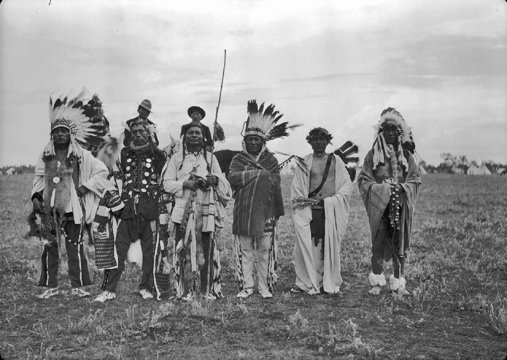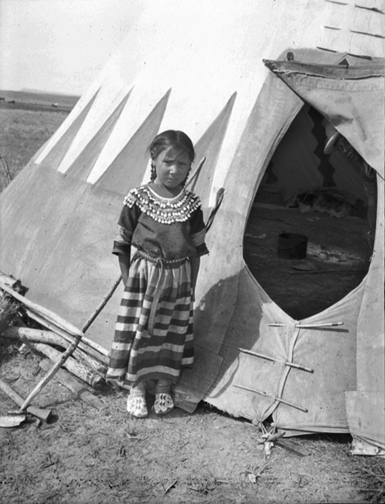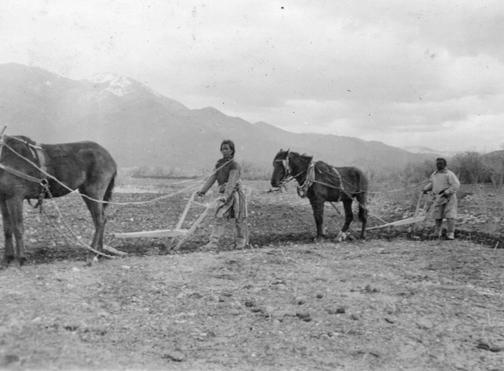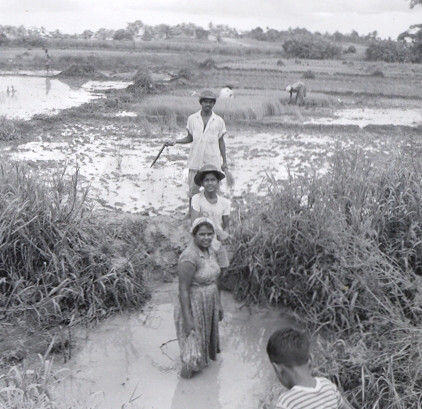Indian leaders who took part in the Grass Dance




The nature of what constitutes an Indian tribe and the very nature of tribes have changed considerably over the course of centuries, but certain characteristics have remained.

According to oral tradition, they originated at Red Banks, generally assumed to be a site on the Door Peninsula on Green Bay, where they were located at the time of French contact in the 17th century. Their language is related to the Chiwere branch of Siouan that includes the Ioway, Oto, and Missouria, who acknowledge having broken off from the Ho-Chunk and moved west.
The Ojibwe speak a language of the Algonkian language family and constitute the largest Indian group north of Mexico. Their extensive pre-contact territory in Canada was mainly north of Lakes Superior and Huron. During historic times, they spread west and south and, today, numerous Ojibwe bands stretch from present-day Ontario in eastern Canada all the way into Montana.
Oral tradition is important in all societies, despite the reliance of some cultures on written records and accounts. These traditions account for the ways things are and often the way they should be, and assist people in educating the young and teaching important lessons about the past and about life. Because many oral traditions are highly structured and are told faithfully without alteration, they can be as reliable as other non-oral ways of recording and passing on experiences.
When the Creator was finished making the earth, he gave responsibility for the four quarters of the Earth to four powerful beings, or mani'towuk. Their duty was to take care of these regions. These beings caused the winds to blow from different directions, and are responsible for other phenomena as well. Winter is the result of a game of bowl and dice between the mani'towuk of the north and the mani'towuk of the south.